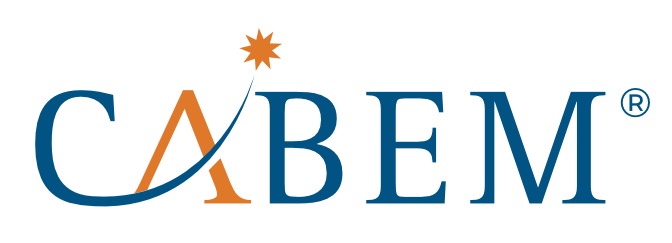Top 10 Benefits of Automated Tracking in Your Business Operations
The Automated Competency Model provides a comprehensive collection of competencies, skills, qualifications or certifications, and behaviors or attributes needed in the industry. The competencies are described using examples of the critical work functions and technical content common to the industry. A competency describes a skill or behavior, but it does not describe a level of performance, since different workers need different levels of proficiency to complete their job functions.
Protect your people and minimize business risk through targeted learning focused on compliance requirements. For many organizations, it’s vital to remain compliant with corporate policies or government regulations. Employers must ensure that the right people are trained at the right time and that employees are properly assessed in their understanding and awareness of regulatory compliance requirements.
Confirmation methods add another layer of protection by not only tracking and recording training or multistep requirements but also providing notifications for management when issues arise.
What are the benefits of building Confirmation Methods into your Competency Framework?
- Automating your current or newly designed competency framework simplifies the management of complex multi-step competencies, certifications, training, and regulatory compliance requirements.
- Multiple workflows accommodate sequencing for prerequisite tasks, such as self-attestation, manager approvals, document uploads, as well as for evaluations and training.
- Ensure oversight across the organization by requiring approver signoff as a simple standalone requirement for managers or as a final task in a multi-step process, such as achievement of certification.
- Grow employee confidence and awareness on internal policies and external regulations by requiring user signoff.
- Capture experiential learning on-site through Witnessing. Subject matter experts can quickly and easily administer on-the-job training through custom assessments. Move beyond checking boxes to make an impact on the behavior, culture, and values across your organization.
- With the built-in LMS, you can build tests to quiz your learners at every point of the journey. Administer required or optional standalone training courses or require them as steps to achieve competency or certification.
- Track attendance for events such as instructor-led training courses, community outreach, or instructional webinars.
- Develop relevant learning pathways through employee development plans that drive performance, compliance, and career goals with current and target proficiency scales. Mentoring development plans are customizable learning paths that allow mentors to guide mentees through suggested or on-the-fly activities as their knowledge and proficiency progress. Use knowledge retention activities to help your workforce apply what they learn to take their expertise to the next level.
- Require document upload to maintain accurate employee training, certification, and compliance records. Quickly verify whether an individual or project team has all the documentation required for their work and provide evidence of certification to auditors, vendors, customers, and suppliers.
- Automate and organize how you collect feedback from your employees, no matter your team’s size, or their location. Get real-time feedback on training with follow-up Surveys so you can hone your content and make important business decisions.
How can CABEM’s Competency Manager software help?
CABEM’s Competency Manager includes powerful reporting capabilities out of the box. The interactive Activity Grid matrix is a skills inventory that makes it easy to zero in on user progress toward completion. The Activity Grid allows Managers, Mentors, and System Administrators to view the details of a user’s progress for all assignments, as well as the ability to act through approval signoffs, assessments, and multiple other actions right from within the same screen. Discriminating filters provide the most efficient way of accessing important business intelligence in real-time.
CABEM’s Competency Manager provides organizations multiple options for assessing and scoring competency levels. Create any number of custom proficiency scale systems with the option to set one system as the default. For example, an organization may choose to employ a 5-point scale when assessing the competency of an individual for a specific role or skill set, in addition to a 3-point default scale when assessing leadership soft skills.
CABEM’s Competency Manager makes learning accessible to the entire workforce through its many options for implementing blended learning. With SCORM compatibility and a built-in LMS, the Competency Manager provides a central framework for all your content, no matter the source. Centralized learning materials allow your organization to stay organized and provide consistency, two essential elements of increasing learner engagement.
Easily import existing training programs, build your own tests and assessments, track attendance, administer guided learning and gather real-time feedback. Create a learning ecosystem by integrating with your existing LMS or pull-in content from third-party content providers. With the Competency Manager, there’s no single right way to offer learning options to your workforce.
CABEM has 18+ years of experience developing custom enterprise solutions for businesses with the highest standards, across a wide array of industries including manufacturing, healthcare, education, and government.
We believe that software should not dictate business processes, but that your software should be able to do business the way you want to. Our platform is flexible and allows you to recreate your organization and employee skills in any way you choose. For more information visit our website at https://www.cabem.com/.

